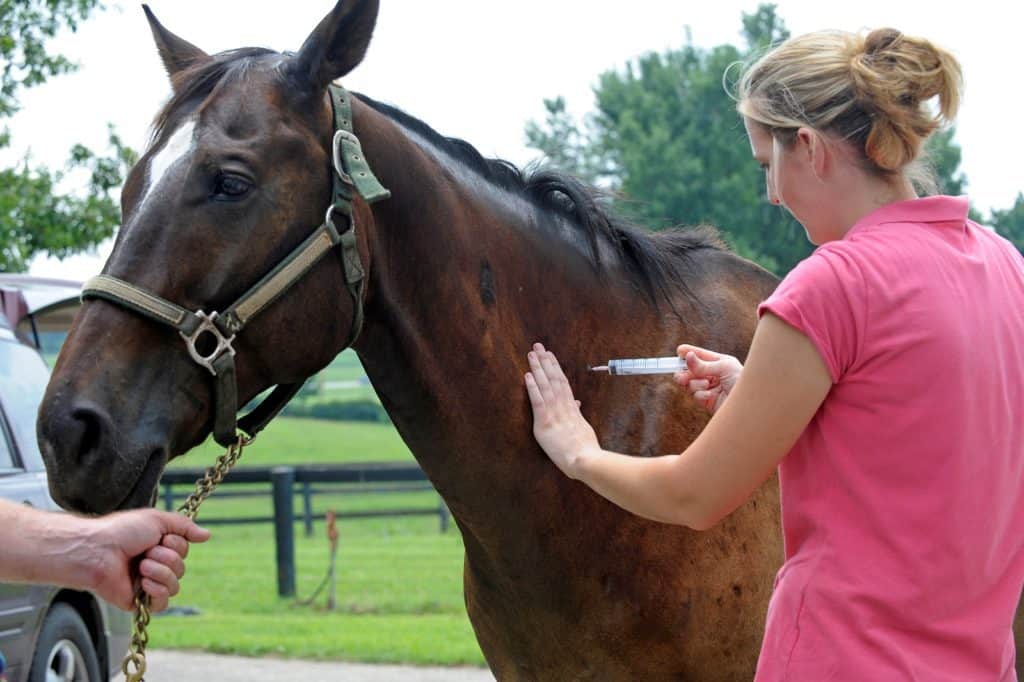
‘Motivator Gene’ Linked to Horses and Their Race Careers
The role of a behavior-related gene might explain why some Thoroughbreds start race careers while others don’t, researchers say.
Horse breeding from planning through foal care

The role of a behavior-related gene might explain why some Thoroughbreds start race careers while others don’t, researchers say.

Digital and optical refractometers are simple, rapid, and cost-effective methods for assessing failure of passive transfer in foals with moderate to good accuracy, researchers found.

While a limited gene pool hasn’t put Japanese Thoroughbreds at risk of losing genetic diversity, selective breeding and low foal numbers have, researchers in that country say. Here’s why.

Colombian Paso Finos have a unique gait most other Paso Finos don’t: the trocha. And recent study results suggest that gait isn’t genetically similar to lateral gaits in other ambling breeds like Icelandics, Tennessee Walking Horses, and pacers.

Given the right conditions, equine embryos produced in a lab using ICSI can lead to pregnancy rates of approximately 70%, researchers say.

Dr. Ted Kalbfleisch’s work at the UK Gluck Equine Research Center will focus on a secondary analysis of equid genomes and transcriptomes.

Researchers recently identified the genetics behind some equine joint angles, which, they say, can impair equine performance, health, and welfare. Here’s how.

Researchers successfully tested a drug- and hormone-free approach for suppressing estrus in mares they say is safe, easy, and doesn’t affect future fertility.

Surgeon Dr. Anthony Blikslager shares his perspective on preventing horse colic.

Horses of some breeds with limited gene pools are at risk of developing health issues due to inbreeding. But researchers found that this isn’t the case when it comes to eye problems in a 400-year-old Czech breed, researchers say.

A recent study showed that controlled manual removal of retained fetal membranes in mares had a relatively low risk for both normal foaling and high-risk mares. But this technique isn’t without complications.

The main goals when treating metritis (inflammation of the uterine wall) in mares are to control bacterial growth, evacuate uterine contents, and prevent complications. Here’s how vets accomplish these goals.

Evisceration—when the intestines protrude through the surgical site—can be fatal if not treated promptly. By knowing which breeds and castration methods are more prone to evisceration, vets can be better prepared for complications.

Infection can cause serious illness in neonates. Make sure your newborn receives enough disease-fighting antibodies from his dam’s first milk.

Uterine tube obstruction, though rare, can cause subfertility in mares. While veterinarians have several methods for treating this issue, it’s been unclear how they affect a mare’s future fertility. So researchers recently conducted a study to find out.

Will giving my horse peppermints offset the hard work we’re doing to help her lose weight?
Stay on top of the most recent Horse Health news with
"*" indicates required fields